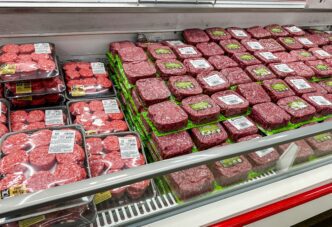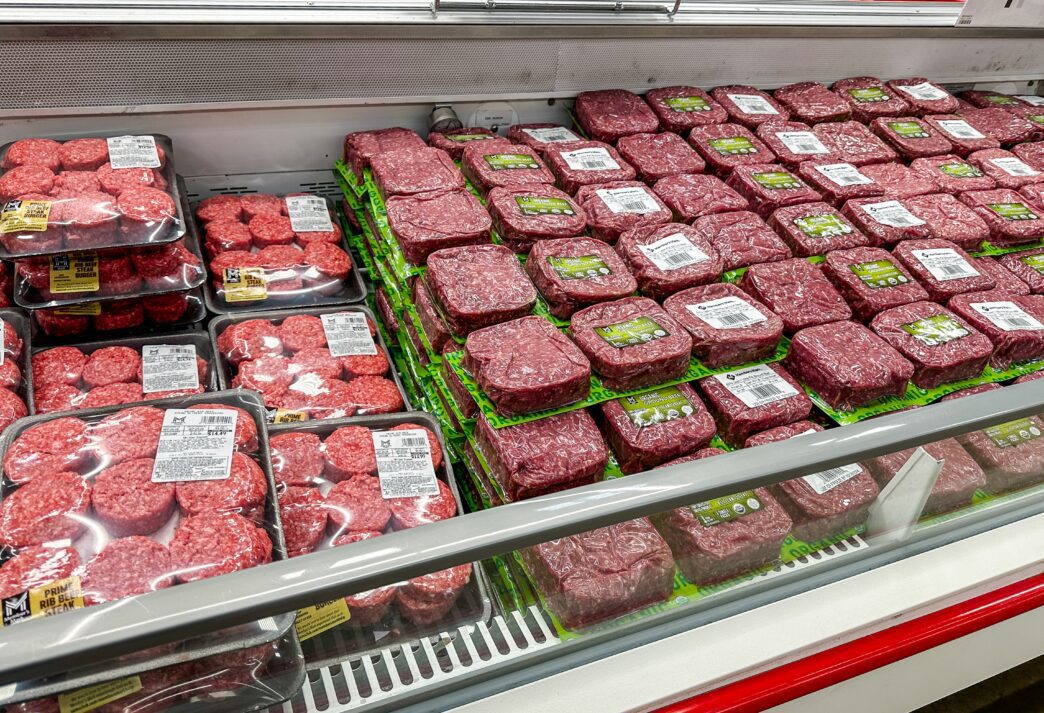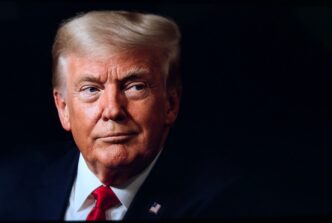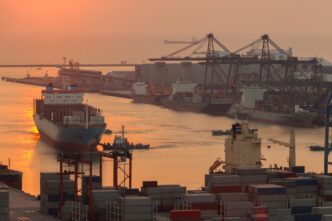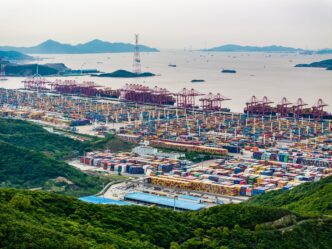Executive Summary
The Story So Far
Why This Matters
Who Thinks What?
Tariffs imposed by President Trump, coupled with a 75-year low in the U.S. cattle herd due to drought and parasitic threats, are contributing to a surge in domestic beef prices for consumers. Exports of beef from major international suppliers like Brazil, Australia, New Zealand, and Uruguay to the U.S. have significantly decreased, tightening the domestic supply chain and compounding existing pressures.
Tariffs and Import Reductions
While President Trump has attributed rising beef prices to meat packers and U.S. cattlemen, tariffs on beef imports from key countries, as well as on agricultural inputs like feed and farm equipment, are identified as major contributors to the price inflation. Brazil, a prominent global beef exporter, saw its exports to the U.S. plummet in July and August after a cumulative 76.4% tariff rate was imposed on its beef products.
This reduction in imports has led to a tighter U.S. beef supply. Dan Anthony, president of economic research firm Trade Partnership Worldwide, noted that such tariffs typically result in either higher costs passed to consumers or reduced supply, both of which drive prices upward, particularly when multiple key suppliers face new tariffs.
Rising Consumer Prices and Herd Challenges
The Bureau of Labor Statistics’ September consumer price index report indicated that prices for various uncooked beef products rose between 12% and 18% year-over-year. This increase occurs amidst a challenging period for U.S. cattle ranchers, with the national herd at its lowest level in nearly 75 years, even as consumer demand for beef continues to grow.
Ranchers face significant hurdles in expanding their herds, primarily due to persistent drought conditions that diminish available grasslands for grazing. Furthermore, elevated costs for animal feed, partly influenced by tariffs on imported fertilizers, and increased prices for essential farm equipment due to steel and aluminum tariffs, are eroding rancher profitability and investment capacity.
Rancher Perspectives and Political Environment
James Clement III, a sixth-generation Texas rancher, described the current situation as “one of the toughest cattle cycles in history.” He highlighted the smallest pipeline of future cattle, emphasizing that even with current prices, ranchers cannot quickly rebuild the national herd, a process requiring considerable time, ample grass, and sufficient rainfall.
The prevailing political environment also presents a significant headwind to investment. Clement noted that uncertainty makes producers hesitant to retain or purchase heifers for herd rebuilding. A deal announced by President Trump in October to allow Argentine beef imports into the U.S., intended to lower prices, drew criticism from the National Cattlemen’s Beef Association, which argued it would harm rural America and subsequently contributed to a decline in cattle futures prices.
Government Response and Economic Commentary
The U.S. Department of Agriculture has acknowledged the dwindling herd numbers and introduced initiatives aimed at encouraging new cattlemen. Concurrently, Trump administration officials have indicated upcoming policies to address rising prices on certain grocery staples not domestically produced.
Peter Boockvar, chief investment officer of OnePoint BFG Wealth Partners, remarked that while tariffs might be politically expedient for defending domestic producers, the cost is often borne by consumers. He suggested that such policies could ultimately shrink demand, leading consumers to opt for alternatives like chicken, without necessarily improving the long-term position of domestic producers.
Additional Supply Chain Concerns
Beyond economic and environmental factors, U.S. cattle ranchers are concerned about the potential re-emergence of the New World Screwworm, a parasitic fly. U.S. Secretary of Agriculture Brooke Rollins led a trade mission to Mexico to discuss preventative measures after infected cattle were discovered there, leading to a halt in all Mexican beef imports. This parasitic threat adds another layer of complexity to the already strained beef supply chain.
Outlook
The confluence of trade tariffs, severe drought conditions, and the potential threat of the New World Screwworm continues to exert upward pressure on U.S. beef prices. Ranchers navigate a challenging landscape for herd expansion, while government efforts aim to balance domestic production support with consumer affordability concerns.

